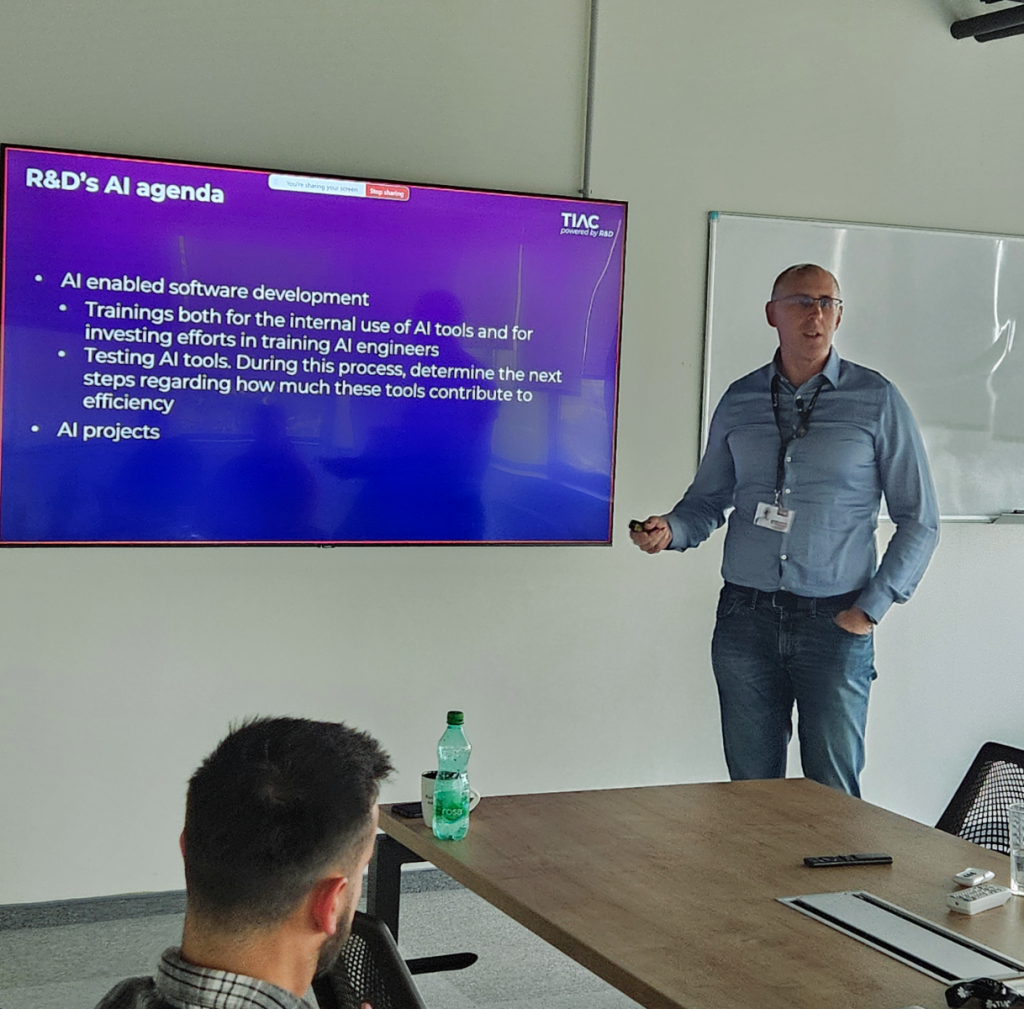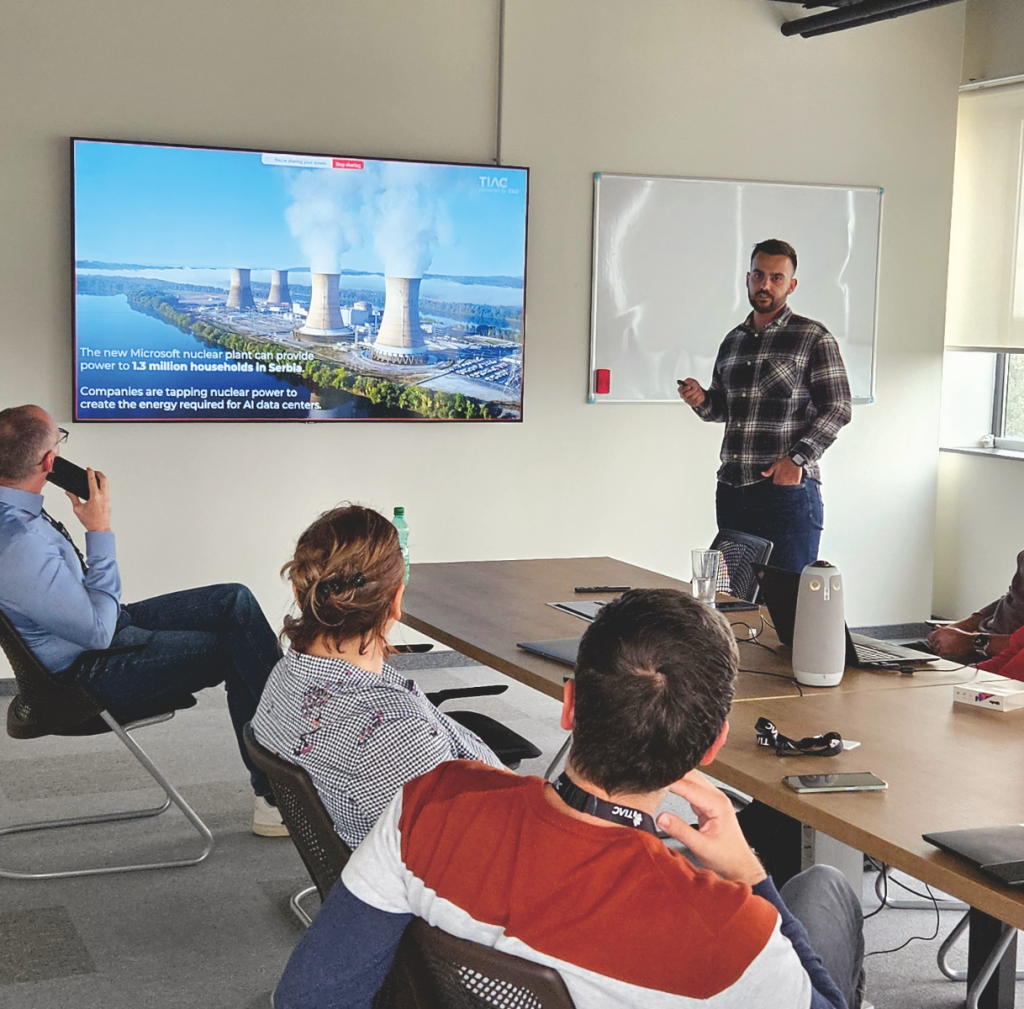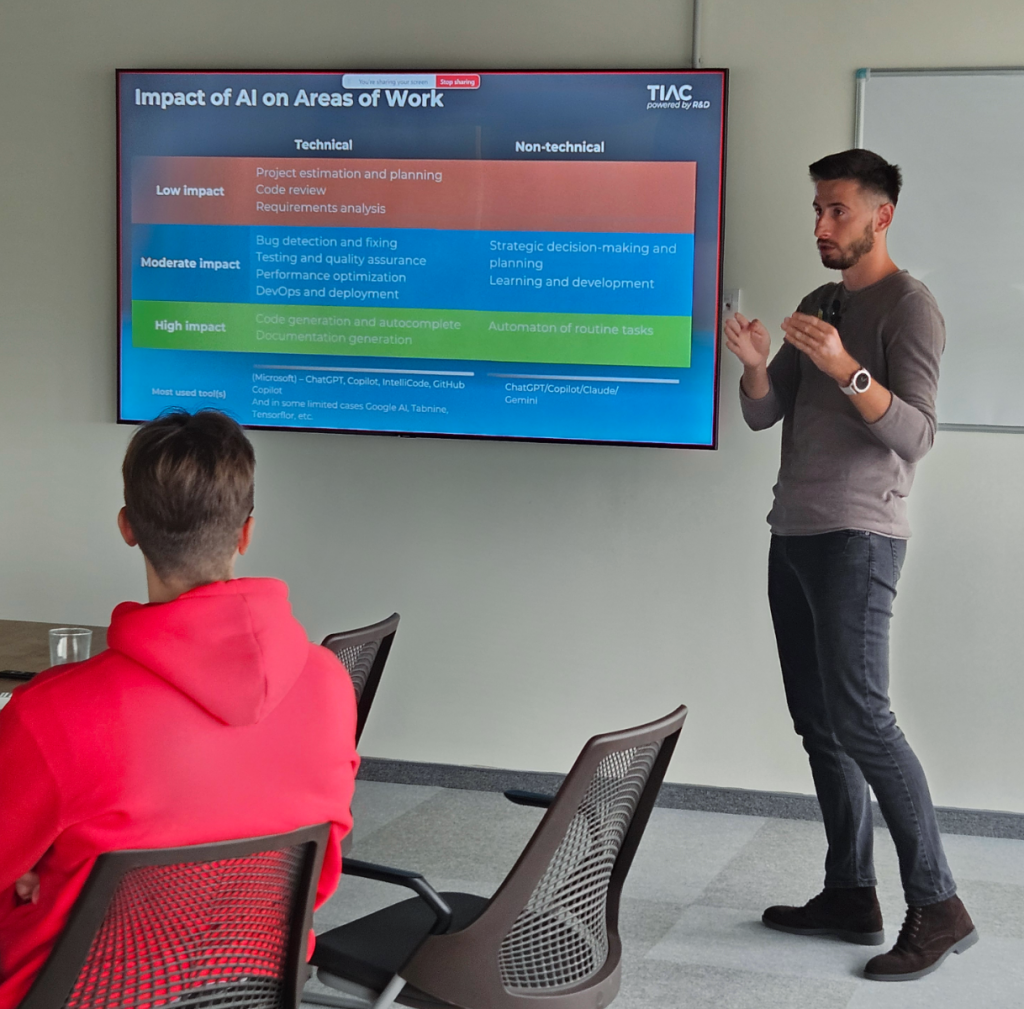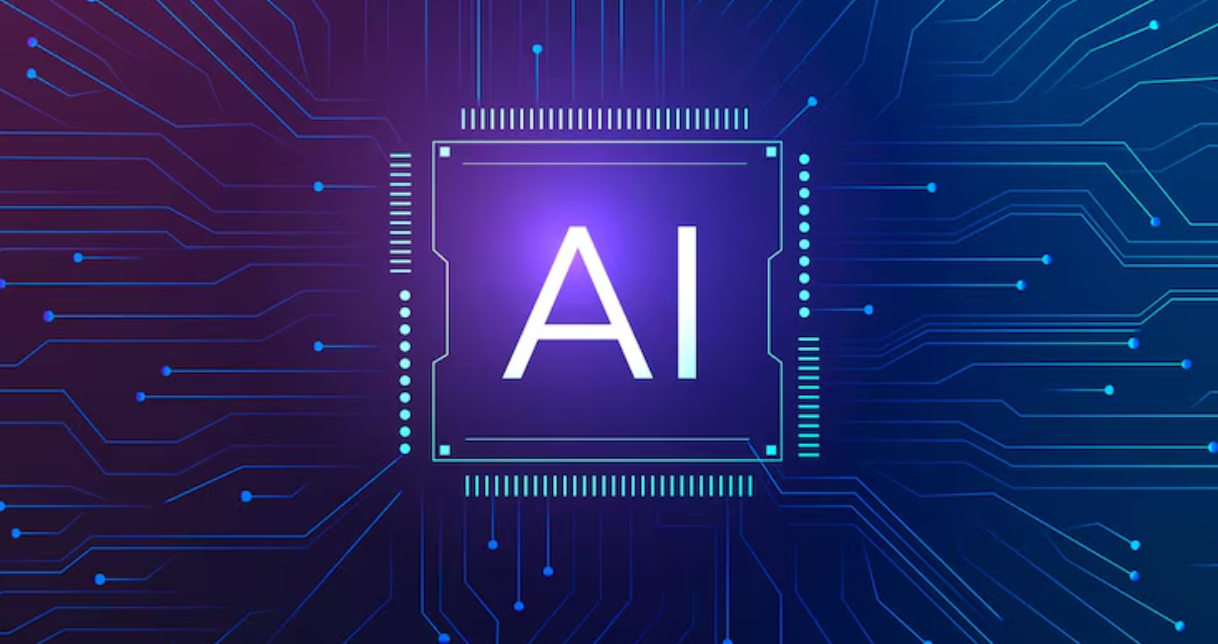In recent years, AI has become a ubiquitous term in the technology sector. Many discuss artificial intelligence and its possibilities, often without a clear understanding of what it truly represents or how it can be applied in specific contexts. Recognizing this, TIAC set a goal to define realistic AI possibilities that align with our business objectives.

To accomplish this goal, we initiated a process of mapping internal AI resources, skills, and perceptions. This involved designing an internal survey comprising several work-oriented segments, including awareness and understanding, AI in software development, and business operations. The survey also covered concerns and challenges to gauge everyone’s perception of AI.
Subsequently, we researched the latest AI trends and gathered information about other organizations’ perceptions and usage of AI in software development and specifically in fintech industries. After analyzing the results and comparing them with research findings, we were able to address some of our initial questions. We explored the current global state of AI and how the technology is being used, how TIAC fits into this landscape, the level of AI knowledge our employees possess, and how they are utilizing AI tools.
By concluding this information, we were able to make strategic suggestions regarding the course of action for AI implementation at TIAC. We identified ways to best utilize AI technologies for operational and business effectiveness, as well as methods to further increase AI technology implementation expertise for our clients.

During October, we will be organizing a series of TIAC talks around the topic of AI from multiple angles, covering R&D’s research and internal AI skills and perception, and having our colleagues do a knowledge transfer on AI studies and experiences in the implementation of AI technologies on commercial projects.
The first TIAC talk in AI-October was about AI in Software Development: Insights from TIAC’s Internal Assessment
The scale of the AI revolution is staggering. But this growth comes with challenges. AI development is energy-intensive and costly.
Microsoft is turning to nuclear power plants to generate enough electricity for the constantly increasing needs of AI data centers. To put things into perspective, Microsoft’s 20-year deal to lease the Three Mile Island nuclear power plant will generate enough electricity for 800,000 US households.
When it comes to financials, OpenAI’s valuation has increased 5 times reaching $157B, whilst Antropic has reached $40B in valuation. These numbers underscore the massive investment and rapid growth in AI technologies.
That the technology and entire new industry is still maturing shows information about their revenues. OpenAI is projecting a $5 billion loss in 2024 despite $300 million in monthly revenue, while Anthropic is estimating $2.7B in losses. This highlights the significant resources required to stay at the forefront of AI innovation.
AI’s Impact on Software Development
We have also looked into how others perceive AI and have looked in the surveys organized by GitHub and Pluralsight.
GitHub: AI’s impact on the developer experience,
The AI wave continues to grow on software development teams
Pluralsight: AI in software development: Key opportunities + challenges
These are only some of the interesting facts they found:
- 92% of U.S.-based developers are already using AI coding tools
- 70% believe these tools offer advantages in work
- 57% say AI tools help improve their coding skills
Interestingly, developers aren’t just excited about coding faster. They rank professional development and learning new skills as their top priority (43%), followed by getting end-user feedback (39%) and automated feedback from validation tools (38%).
Overall, the focus should be on improving the developer experience, and how efficiently and effectively developers can perform their work, achieve flow states, and make meaningful contributions. The emphasis should not solely be on speeding up development or meeting story point goals.

As for the future outlook, respondents see that AI in software development will bring these changes:
Developers will switch from design to platform thinking. In the past and now, developers build code to solve very specific problems. In the future, AI developers will focus on building platforms that are reusable across different domains.
AI will help draft user stories, acceptance criteria, and requirements. Developers will pass this information to business analysts to ensure it aligns with their overall strategy.
AI will deliver true continuous delivery. Agile teams can use AI to write high volumes of code and draft PRs for teams to review. With AI assistance, developers can increase their overall rate of delivery to make it feel more continuous.
Testing will become a higher priority. As AI produces more code, teams need to build the architecture that tests it from every angle. Test architects will assess end-to-end functionality and create new regression tests if issues emerge.
TIAC’s AI Skills and Readiness
Our internal assessment at TIAC showed that 87% of our colleagues had used AI tools, with 46% using them at least weekly.
We found that AI tools have varying effects depending on the area of work. In our case, the greatest impact is observed in documentation generation, code generation, and autocomplete for development positions, and in automating routine tasks for business roles.
We identified three categories of AI users among our developers:
- AI-aware Engineers (40%): Using basic AI tools like ChatGPT, Claude, Gemini
- AI-enabled Engineers (25%): Employing more advanced tools like VS IntelliCode, Amazon CodeWhisperer, GitHub Copilot
- AI Engineers (35%): Leveraging sophisticated AI frameworks like TensorFlow, PyTorch, OpenAI API, Vertex AI
Interestingly, both AI-aware and AI Engineers reported higher efficiency gains than AI-enabled Engineers, suggesting that even basic AI tools can significantly boost productivity.
Challenges and Concerns
Despite the enthusiasm, implementing AI isn’t without challenges. Our team identified three primary concerns:
- Data privacy and security
- Lack of training and knowledge in AI technologies
- Integration with existing systems and processes
In the fintech sector, these concerns are particularly acute. A survey of UK fintech leaders found that 85% worry about security risks posed by generative AI, and 29% have banned its use altogether.
TIAC’s Next Steps
At TIAC, we’re embracing the AI revolution while remaining mindful of the challenges and in line with our clients’ requirements. Our proposed strategy encompasses several key initiatives that span investing in AI-enabled software development tools to enhance our technological capabilities, partnering and launching AI R&D projects, to ensuring our team is well-equipped with required knowledge and skills through AI training and knowledge sharing. Additionally, we will conduct thorough testing of AI tools to accurately determine their impact on efficiency. Through these multifaceted efforts, TIAC aims to leverage AI technologies while navigating the evolving landscape of software development.
And as we navigate this new landscape, one thing is clear: the only constant is change. By staying adaptable and continuously learning, we’re positioning ourselves to thrive in the AI-driven future of software development.


